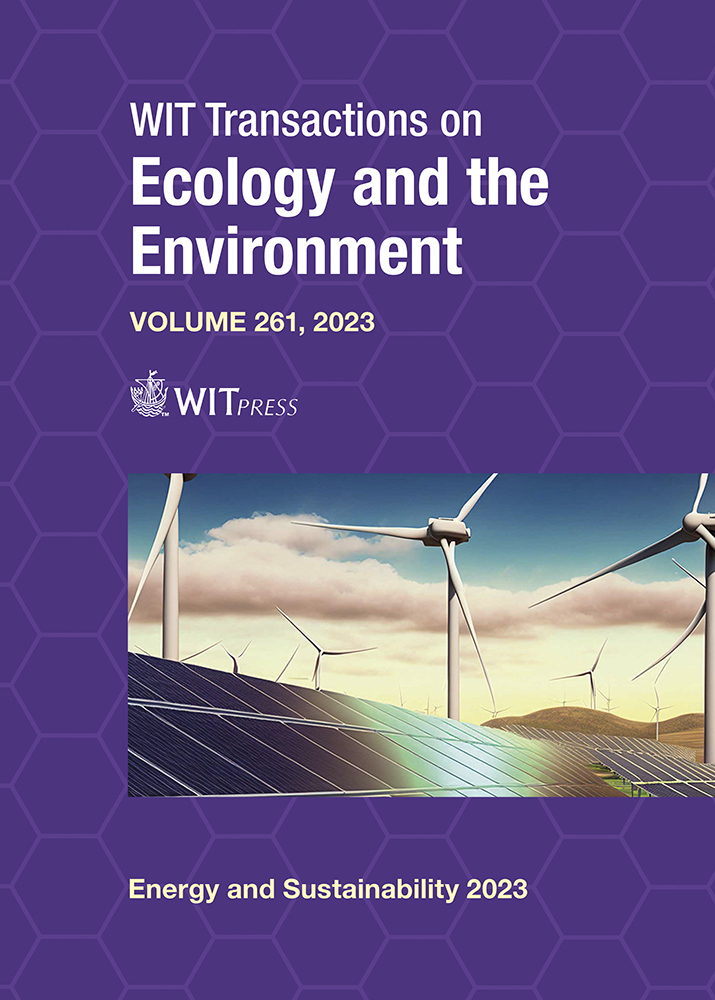DO GREEN BONDS PERFORM BETTER THAN CONVENTIONAL BONDS?
Price
Free (open access)
Transaction
Volume
261
Pages
7
Page Range
129 - 135
Published
2023
Paper DOI
10.2495/ESUS230111
Copyright
Author(s)
NIYAZI BERK, SELIN SARILI, DINA CAKMUR YILDIRTAN
Abstract
This study examines the performance of green bonds, utilizing the Standard and Poor’s (S&P) Green Bond Index, Bloomberg Green Bond Index, S&P US Aggregate Bond Index, and Bloomberg Barclays US Aggregate Bond Index as benchmarks. Monthly data spanning from July 2014 to February 2023 is analyzed. Key performance ratios including the Sharpe Ratio, Treynor Ratio, and Jensen Performance Ratio are computed for portfolio comparison. Our findings indicate that the S&P Green Bond Index outperformed compared to the Bloomberg Green Bond Index. Furthermore, we calculate and regress the S&P and Bloomberg Barclay’s greenium series against the consumer price index, Federal Reserve interest rates, and S&P 500 market returns. The study’s findings indicate that higher Federal Reserve interest rates and increased market returns cause a decrease in the yield gap between conventional and green bonds. Moreover, a rise in the Consumer Price Index is caused by a widening of the yield disparity between these two types of bonds. The results highlight an average investor loss of 2% when investing in green bonds, in contrast to conventional bonds.
Keywords
green bond index, greenium, CAPM, Sharpe, Treynor, Jensen





